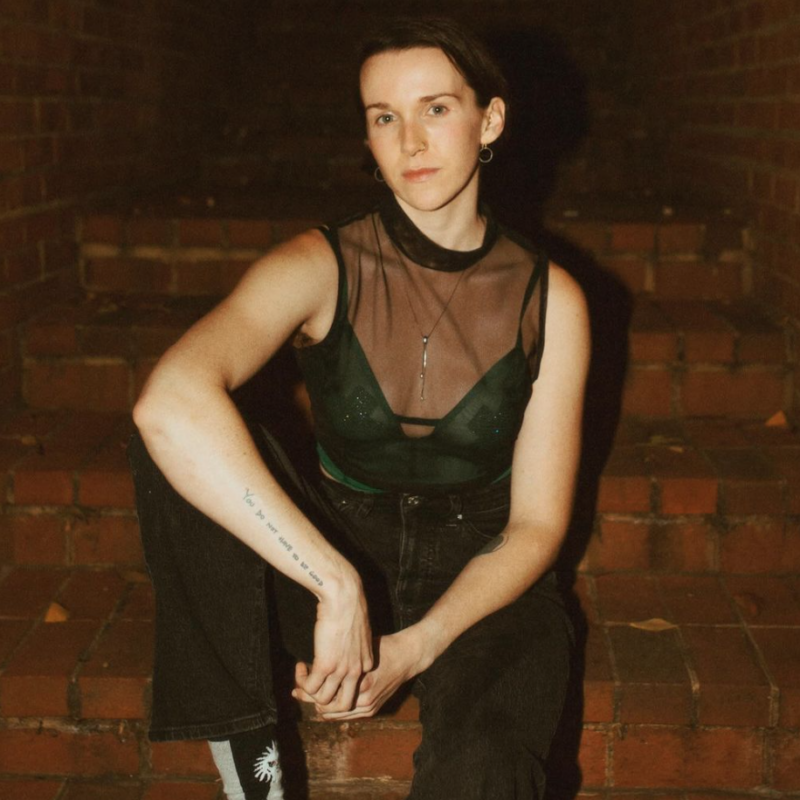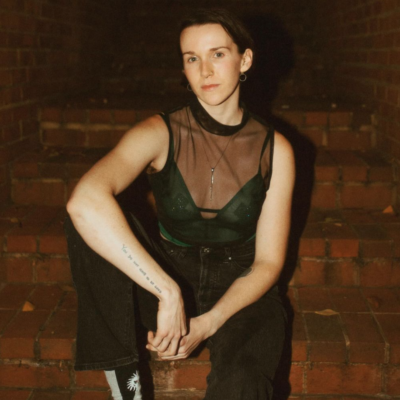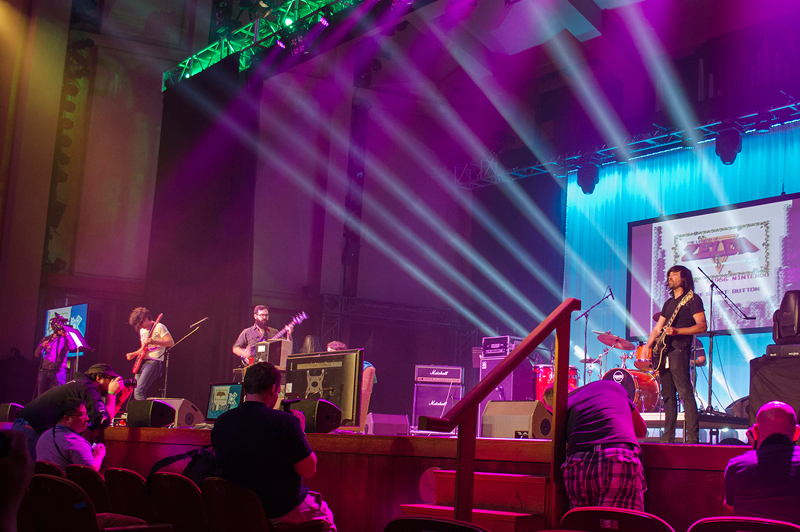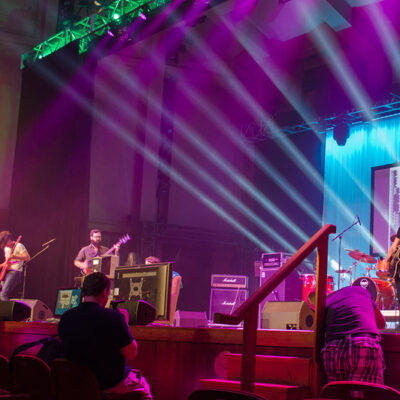Two young aliens arrive in Las Vegas, and right away they’re on the run—from the American government and from a paramilitary assassin sent by the government of their homeland to kill them. By chance they rely for safe passage on a gruff but decent taxi driver, himself with an unhappy past, who reluctantly becomes their protector.
Certainly it could work as a modish issue-movie thriller about immigration and globalization, but that sounds like a recipe for humorlessness and self-congratulation. So consider this: The aliens aren’t from another country; they’re from another planet. And the taxi driver is to be played by a man who became famous as a professional wrestler. OK, now we’re talking, right? Now the thing has some real potential.
|
“Repeat after me, kids: ‘Can you smell what The Rock is cooking?’” Dwayne Johnson aids a pair of adolescent aliens in Race to Witch Mountain. |
Unless, of course, it’s a Disney remake. Not that kids in the audience necessarily will know Alexander Key’s 1968 novel, Escape to Witch Mountain, already became a Disney movie of the same name in 1975 and spawned both a sequel, 1978’s Return from Witch Mountain, and a TV remake in 1995. But their parents probably will, and probably won’t appreciate just how perfunctory and cynically commercial Race to Witch Mountain seems by comparison to its own relatives.
Whatever; you can munch popcorn to it. Notwithstanding a few key action sequences in which clunky direction, chintzy special effects and desperately cosmetic editing all try to conceal each other’s shortcomings, writers Matt Lopez and Mark Bomback, with director Andy Flickman, have seasoned this empty-calorie feast for easy digestion.
Dwayne “The Rock” Johnson is the cabbie, AnnaSophia Robb and Alexander Ludwig are the aliens, Carla Gugino is an abetting, open-minded astrophysicist, and Ciarán Hinds is their human pursuer, a villainous Defense Department suit. Everyone’s performance is roughly on par with the material. Johnson, for instance, has terrific charisma, and an obvious, insistent niche as the non-threatening tough guy, but the more movies take him at face value, the more they make him into The Pet Rock.
And what of the young’ns? In one scene, after emerging from however many dust-ups are required by the leading screenwriting guide as prerequisites for a moment of down time, they make it to a roadhouse restaurant, where a kindly waitress (Kim Richards, who played the alien girl in the original film) observes that they look a little dirty. But of course they don’t look dirty. They don’t even look marginally unkempt, and it’s not because their characters are aliens. It’s because the actors themselves are prefab proto-heartthrob teenagers, and, as such, valuable properties of the Walt Disney Company.
We can guess how things will go for our otherworldly visitors—their pursuers encroach soon enough, and their protector proves appropriately nimble—with roughly as much certainty as we can worry for the future of the plasticized young actors who portray them.
Come to think of it, quite a few of Witch Mountain’s window-displays—er, performers—have been fortified with that disconcerting Disney gleam. You can see it, especially, in the teeth: unavoidably straight, shapely, and a shade of white so bright that it can’t possibly occur in nature. Maybe it wouldn’t be so distracting if the movie weren’t otherwise so toothless.






